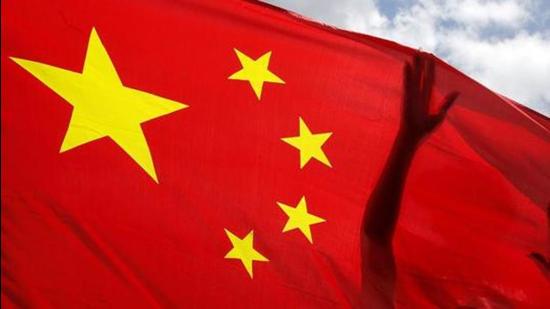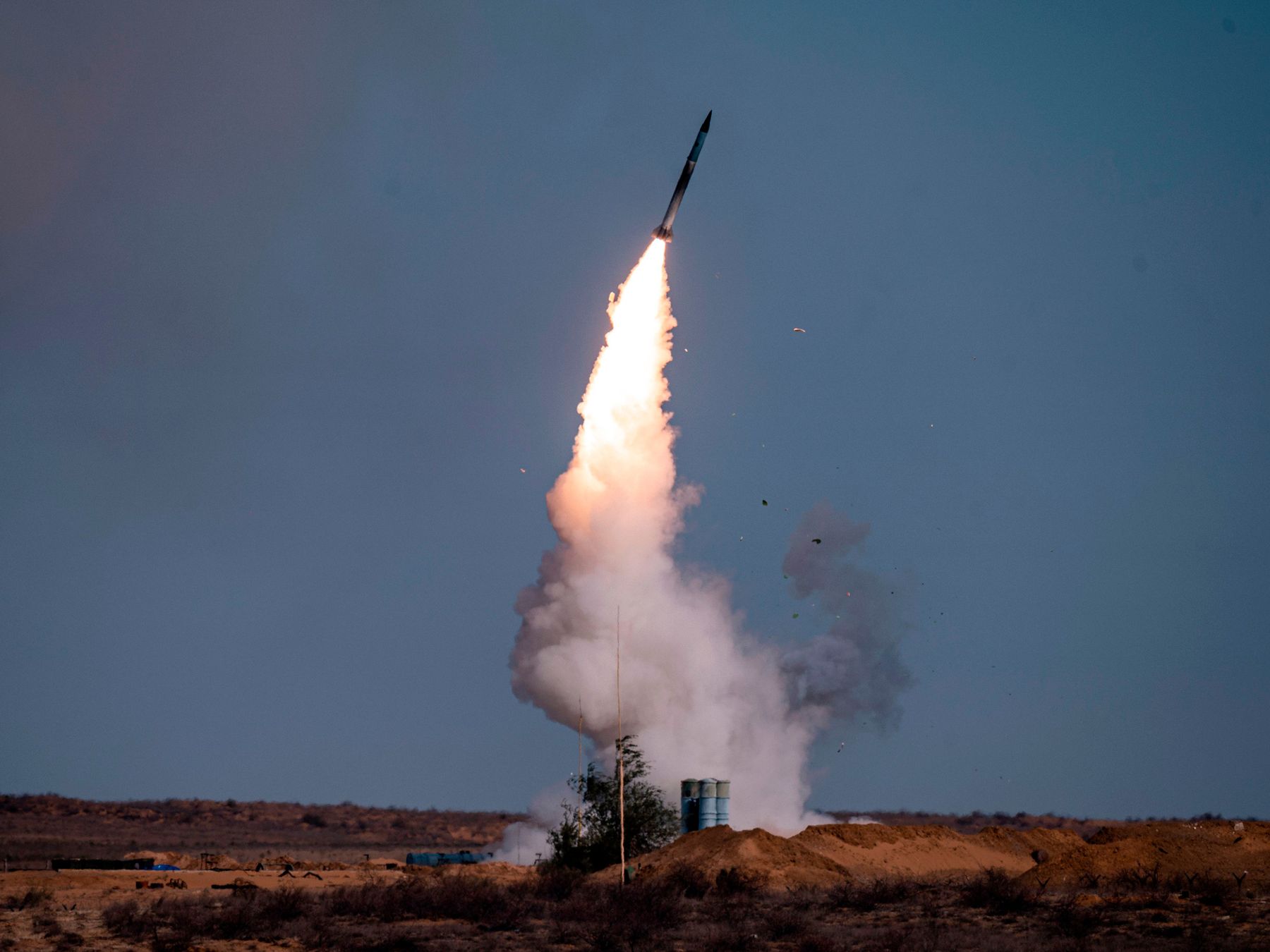ANIRUDH BURMAN
One of the key drivers of economic recovery in India will be the efficient movement of capital from inefficient firms to efficient ones. The economic downturn caused by the coronavirus pandemic has been severe, and India’s economy was one of the worst affected in 2020–2021. Though the economy is recovering faster than initial estimates, sustained economic recovery will not take place if stressed businesses cannot restructure their debts properly or if failing firms cannot be resolved efficiently. India’s bankruptcy law is key to solving these challenges.
In 2016 India enacted the Insolvency and Bankruptcy Code, 2016 (IBC), which was a landmark reform to the nation’s financial system and the first comprehensive law to regulate insolvency.1 But the IBC has been suspended for a period of one year since the COVID-19-related lockdown was imposed in March 2020. In its place, India’s banking regulator, the Reserve Bank of India (RBI), has introduced a limited restructuring scheme for COVID-19-related stress in the meantime. Older mechanisms for insolvency that are still in operation have historically not worked according to expectations. As the one-year period of suspension comes to a close, this paper argues that bringing back the IBC—with adequate modifications—is an important prerequisite for sustained economic growth.
India historically suffered from a patchwork framework of insolvency laws that either did not give lenders adequate powers to recover their debts upon default or only catered to the interests of certain kinds of lenders—to the exclusion of others.2 The IBC is a modern and comprehensive bankruptcy law that since its enactment has had a significant role in reducing the problem of nonperforming assets (NPAs), or “bad loans,” in India’s financial system.
In the wake of the economic disruption caused by COVID-19, the Indian government suspended the operation of critical parts of the IBC. These changes meant that lenders could not trigger insolvency proceedings against defaulting businesses if the default occurred after March 20, 2020. While this suspension possibly prevented unnecessary business failures and provided a “calm period” for the economy, these measures have outlived their utility.














